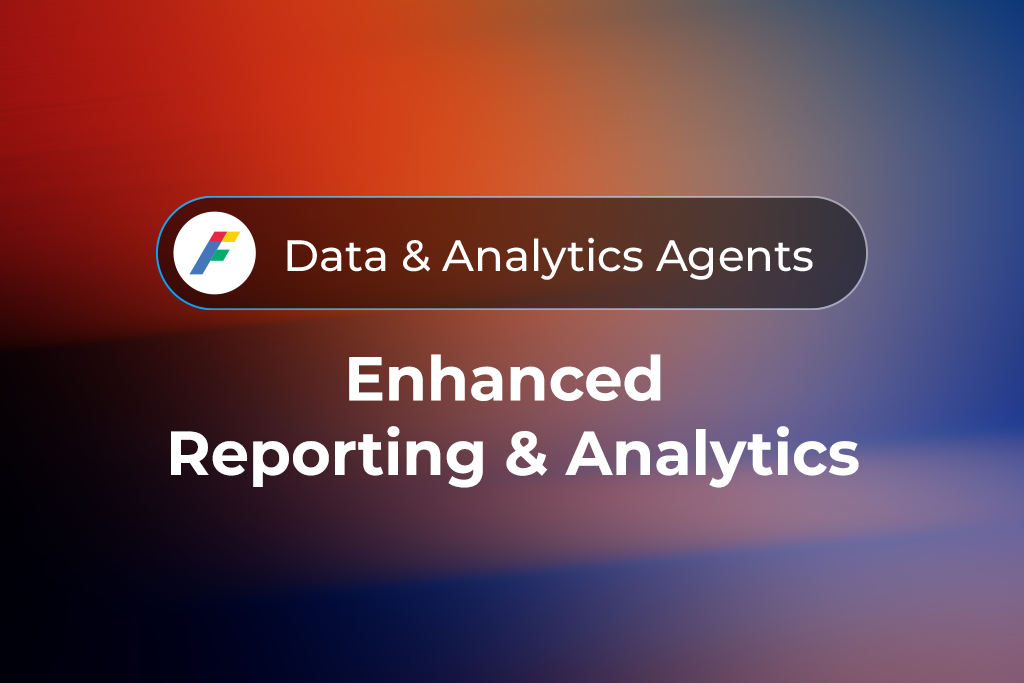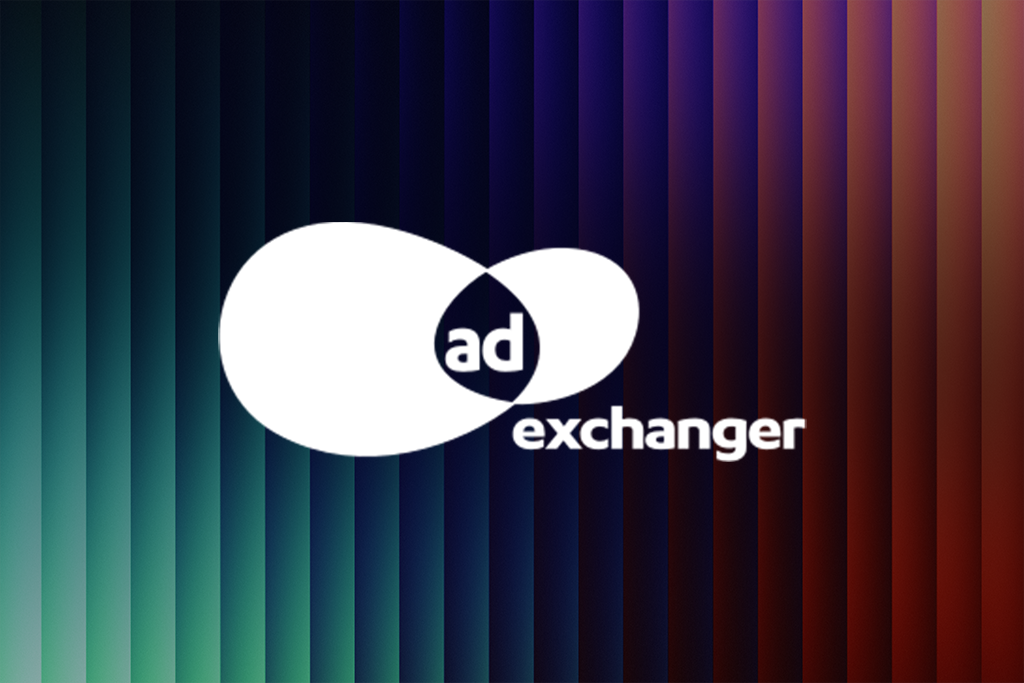

The Future of Omnichannel is Smart, Seamless and Always On
By Charel MacIntosh, Global Head of Business Development & Strategic Partnerships, Clinch
As consumer attention continues to fragment across devices and channels, advertisers are broadening their media mix to cut through the noise and stay relevant. While a multichannel strategy is now the norm, true success requires an omnichannel approach — one that unifies audience, creative and media throughout the campaign lifecycle.
The biggest difference between an omnichannel strategy and a multichannel one lies in its unified approach to audience management across campaigns spanning three or more channels. Crucially, this unification goes beyond aggregation. It’s about creating a seamless experience across those channels.
A dynamic approach to audience engagement
The beauty of a dynamic, data-driven approach to omnichannel advertising lies in its precision — reaching people in the right way at the right time. By leveraging a wealth of signals, advertisers can understand what matters to consumers throughout their day, across different screens, apps, and channels. Instead of just delivering ads, brands can create meaningful interactions that build genuine relationships.
Take, for example, a major retail brand launching a new line of eco-friendly activewear. By leveraging a fully dynamic omnichannel strategy, the brand can tap into real-time data signals from social media, website visits, and in-store purchases. A shopper browsing sustainable fashion content on Instagram might see a video ad highlighting the product’s eco-friendly benefits. Later, while streaming music, they hear an audio ad reinforcing the brand’s commitment to sustainability and an introductory sale. That evening, while watching TV, they spot a CTV ad with a ‘shop now’ QR code that takes them to the retailer’s website, where they browse but don’t buy.
The next day while reading the news online, they see a personalized banner ad offering an in-store discount. Encouraged, the customer visits a nearby store and makes a purchase. From there the campaign continues, delivering tailored recommendations based on the shopper’s interests and past purchases. This isn’t just advertising — it’s an ongoing conversation that keeps customers engaged and coming back.
A dynamic creative strategy is just as critical as dynamic audience targeting. Omnichannel dynamic creative optimization (DCO) means designing ads that adapt in real time to the audience, platform and context. This approach ensures every interaction feels relevant and resonates with consumers.
Continue reading on The Current here








